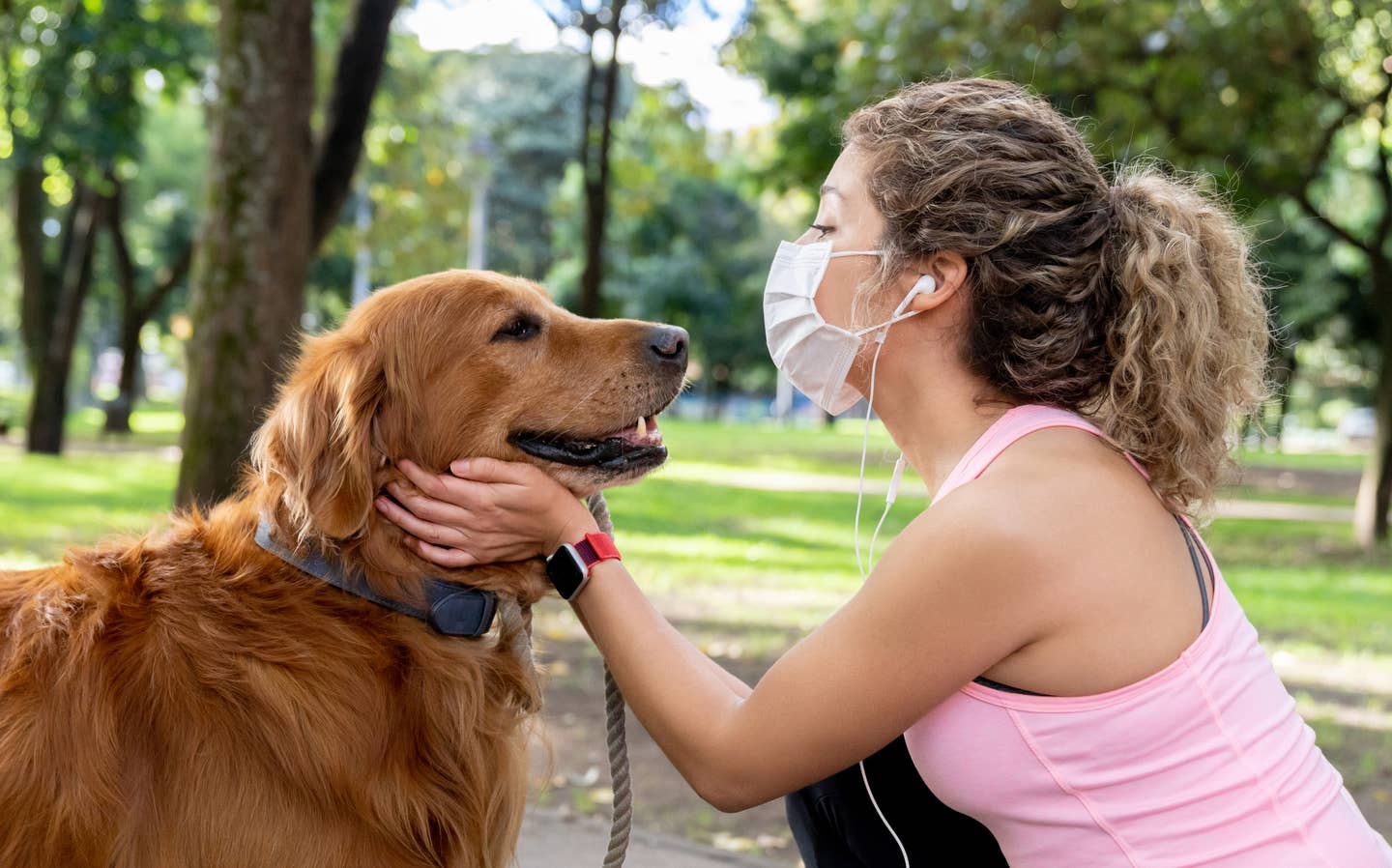
Could You Have Prediabetes Or Diabetes and Not Know It? Here Are the Signs
With 88 million Americans or approximately 1 in every 3 adults, suffering from prediabetes in this country (and 34 million Americans, or 1 in 10, with full-blown type 2 diabetes), many people are walking around with a ticking time bomb in their bodies, and don't even know they have the condition.
Prediabetes is when your blood sugar level is higher than it should be for optimal health, but not high enough for your doctor to diagnose the disease. It's also known as impaired fasting glucose or glucose intolerance. The scary part is, 90 percent of those with prediabetes don’t know that they have it.
We have all heard that excessive thirst or urinating more often than normal is a sign that you could have diabetes, but what are the telltale signals that you may have prediabetes? Why does it matter? The sooner you find out the better, for your health and to know that changing your lifestyle can alter the course of the disease and head it off at the pass.
Could You Have Prediabetes and Not Know It? The Simple Answer Is Yes!
Prediabetes, unlike diabetes, is an asymptomatic condition. The sooner someone finds out that they have prediabetes the better, experts say, since it's possible to make lifestyle changes that can reverse your health and get you back onto a healthy path, with simple switches like eating more plant-based foods, losing a small amount of body weight, and being more active, such as walking 30 minutes a day, five days a week.
"Prevention is the best medicine! If you are given a prediabetes or diabetes diagnosis—do not despair," since you can make simple lifestyle changes (exercise, diet, and losing a small amount of weight) to reverse course on the disease, says Kellie Antinori-Lent, MSN, RN, and President of the Association of Diabetes Care and Education Specialists (ADCES) and diabetes clinical nurse specialist at the University of Pittsburgh Medical Center, Shadyside Hospital in Pittsburgh.
What can you do if you think you are experiencing the symptoms of prediabetes?
"If someone is at risk for developing prediabetes or diabetes, they should schedule an appointment with their doctor to discuss their concerns and questions. The best first place to begin is with a visit to your provider—whether in person or virtual—and don’t delay," says Antinori-Lent. Prevention is the best medicine! If you are given a prediabetes or diabetes diagnosis—do not despair!" There are simple things you can do to dial back the condition such as exercise 30 minutes a day, lose 7 to 10 percent of your body weight, and eat a mostly whole-food, plant-based diet, high in fiber and low in added sugars and chemicals.
How do you know if you have diabetes or prediabetes? We asked Antinori-Lent, who makes it her life's work to educate people about the changes they can make to ensure their future health, and here is what she had to tell us:
The Beet: What are the symptoms of and who is at risk for prediabetes?
Kellie: That is a really good question, however, prediabetes does not have symptoms. There is a physical sign of insulin resistance, which is associated with prediabetes. This sign is darkened skin in areas such as the neck, under the arms, and elbows. Some people mistake it as an area of skin they didn't wash well—but you cannot wash acanthosis nigricans (the name of the dark skin areas). Instead, there are risk factors. These include:
- Age: as we age, our risk increases, something we cannot change
- Weight: if we are over our ideal weight for our height, also known as BMI, our chances of developing prediabetes and diabetes increase (a BMI of over >25 or >23 for Asian Americans is considered overweight)
- Some medications can tip the scale, or increase glucose levels; a few examples include glucocorticoids, thiazide diuretics, and atypical antipsychotics
- A family history of prediabetes or diabetes increases your risk
- Activity level—exercise does the body good–and, in this case, can prevent the development of both prediabetes and diabetes; 150 minutes of moderate activity per week is the current recommendation from the CDC or 30 minutes a day
- Men are more likely to develop prediabetes or diabetes than women (this could be because they are more likely to see their doctor regularly, so women may have prediabetes and undiagnosed)
- High blood pressure can contribute to your overall risk for prediabetes and diabetes
- Race or ethnicity are risk factors—certain races and ethnicities are at greater risk, including Native Americans, Pacific Islanders, and African Americans
- History of PCOS or experiencing gestational diabetes
The Beet: What should you do if you have risk factors or suspect you have prediabetes?
Keep in mind that prediabetes can develop into type 2 diabetes if left untreated. People can prevent this from happening by evaluating their lifestyle habits, including changing their diet, increasing their exercise and activity levels and seeing their doctor regularly, and working with him or her to prevent the progression.
More From The Beet






